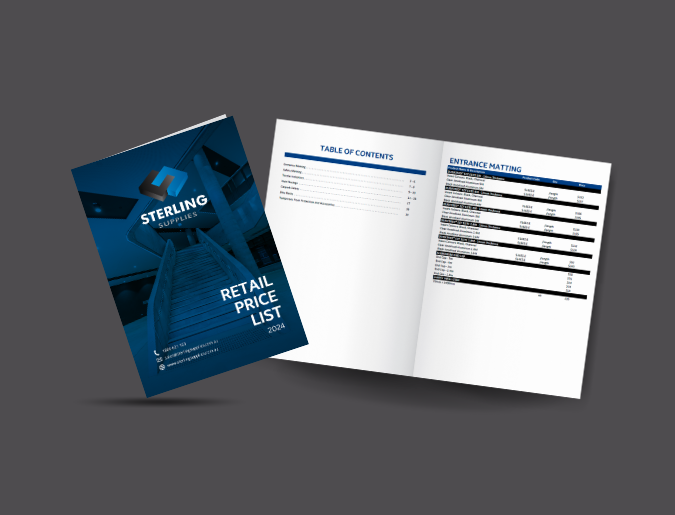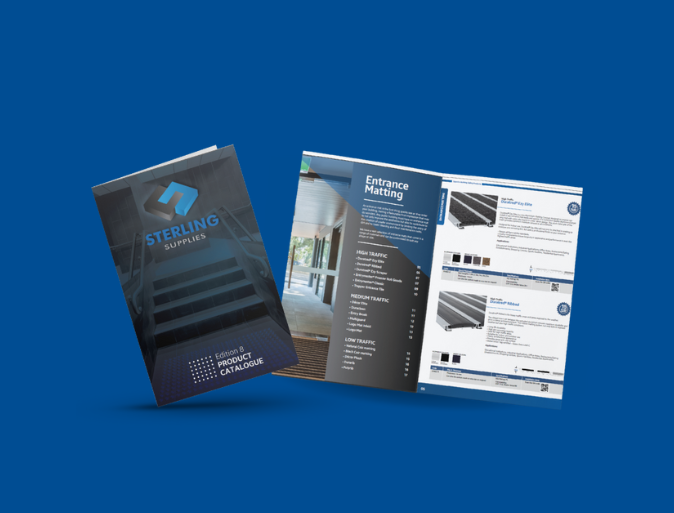Understanding On-Site Luminance Testing
On-site luminance testing is a comprehensive method used to assess the luminance reflectance value (LRV) of surfaces in commercial construction projects. Luminance refers to the amount of light emitted or reflected by a surface, and it plays a crucial role in determining visibility and safety. By measuring luminance, architects can evaluate the effectiveness of safety flooring and accessibility products in various lighting conditions.
Why is it important for architects?
As architects, you play a vital role in specifying products that meet stringent safety and accessibility standards. On-site luminance testing enables you to make informed decisions when selecting safety flooring and accessibility products. By understanding the Luminance Reflectance Value (LRV) of different surfaces, you can ensure that your design choices meet regulatory requirements and provide optimal safety for end-users.
The Benefits of On-Site Luminance Testing
- Mitigating slip and trip hazards
Accidents caused by slips and trips are a major concern in commercial spaces. On-site luminance testing helps identify potential hazards by assessing the frictional properties of flooring and the contrast between different surfaces. By obtaining accurate data on Luminance Reflectance Value (LRV), architects can select safety flooring and accessibility products that minimize the risk of slips and trips, promoting a safer environment.
- Optimal visibility
Good visibility is crucial in commercial spaces, especially in areas with low lighting or high footfall. By conducting on-site luminance testing, architects can ensure that the chosen safety flooring and accessibility products provide adequate luminance, enhancing visibility for pedestrians. Optimal visibility not only reduces accidents but also improves the overall user experience.
- Compliance
On-site luminance testing enables architects to specify safety flooring and accessibility products that meet regulatory requirements. By accurately measuring Luminance Reflectance Value (LRV), architects can ensure that the chosen products comply with safety standards, including those related to slip resistance, accessibility, and luminance contrast. This minimizes the risk of having non-compliant products in the project.
- Accessibility and inclusivity
Creating inclusive spaces is a fundamental aspect of commercial construction. On-site luminance testing plays a crucial role in ensuring that safety flooring and accessibility products meet the needs of individuals with visual impairments or mobility challenges. By accurately assessing luminance reflectance value (LRV), architects can select products that provide the necessary contrast and visibility, enabling individuals with disabilities to navigate the space safely and independently.
- Aesthetic and design integration
Architects understand the importance of seamless design integration. On-site luminance testing helps architects strike a balance between safety and aesthetics by assessing how safety flooring and accessibility products blend with the overall design concept. This ensures that the chosen products not only meet regulatory requirements but also contribute to the visual appeal of the space, creating a welcoming environment for all.
At Sterling Supplies, we recognize the critical role that on-site luminance testing plays in ensuring safety, compliance, and user satisfaction in commercial construction projects. By offering this valuable service, we empower architects to make informed decisions when specifying safety flooring and accessibility products. Partner with Sterling Supplies to access accurate data, comply with regulations, and create spaces that prioritize safety, inclusivity, and aesthetic excellence. Together, we can build safer environments.

PRICING GUIDE
Comprehensive listing of our products & prices

PRODUCT CATALOGUE
View details of our entire product range
